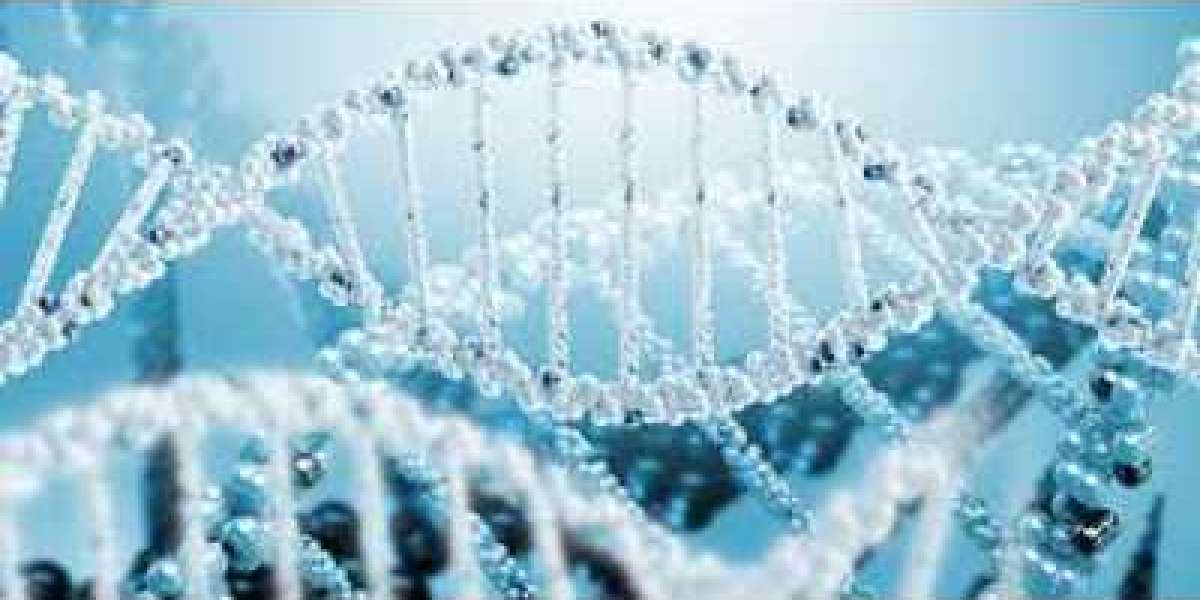Understanding the Problem
Rodents such as rats and mice are notorious for invading properties in search of food, warmth, and shelter. They chew wires, gnaw on wood, contaminate food supplies, and spread dangerous diseases like salmonella and hantavirus. Wildlife species, including raccoons, squirrels, skunks, and bats, can also cause problems by nesting in attics, crawlspaces, or chimneys. Their presence often results in structural damage, unpleasant odors, and exposure to parasites. Identifying the source and extent of these issues is the first step toward effective management.
The Importance of Professional Inspections
Control begins with a thorough inspection. Skilled technicians examine properties to locate entry points, nesting sites, and signs of infestation that may be hidden from plain sight. Even small gaps under doors, broken vents, or damaged siding can provide easy access for rodents or wildlife. Professional inspections assess the severity of the problem and inform the most appropriate removal and prevention strategies, ensuring that solutions target the root cause rather than only visible symptoms.
Humane and Effective Solutions
Modern rodent and wildlife control emphasizes humane practices. Techniques include trapping and relocation, exclusion methods, and habitat modifications rather than harmful poisons. For rodents, this may involve setting bait stations, sealing entry points, or using snap traps strategically. For wildlife, professionals may install one-way doors that allow animals to leave but prevent re-entry. These methods safeguard both humans and animals, ensuring ethical and effective results.
Long-Term Prevention
After removing intruders, long-term prevention becomes the focus. Professionals often seal entry points, repair damaged siding, reinforce attic vents, and secure trash bins to prevent re-infestation. Property owners are encouraged to maintain clean yards, trim tree branches away from roofs, eliminate standing water, and store firewood away from structures. These proactive measures reduce attractiveness to pests and complement professional control efforts.
Health and Safety Benefits
Rodent and wildlife infestations pose serious health risks. Rodent droppings can contaminate food and surfaces, while wildlife may carry fleas, ticks, or rabies. Eliminating these threats improves indoor air quality and reduces the spread of diseases. Additionally, preventing structural damage caused by gnawing, nesting, and waste buildup saves homeowners from costly repairs. Professional control ensures a safe, secure, and hygienic environment.
Conclusion
Rodent Wildlife Control is about more than removing unwanted animals—it is about protecting health, property, and peace of mind. Through professional inspections, humane removal, and preventive measures, property owners can secure their homes and businesses effectively. With expert guidance, unwanted wildlife remains outside, ensuring safety, cleanliness, and long-term protection for families and properties.






